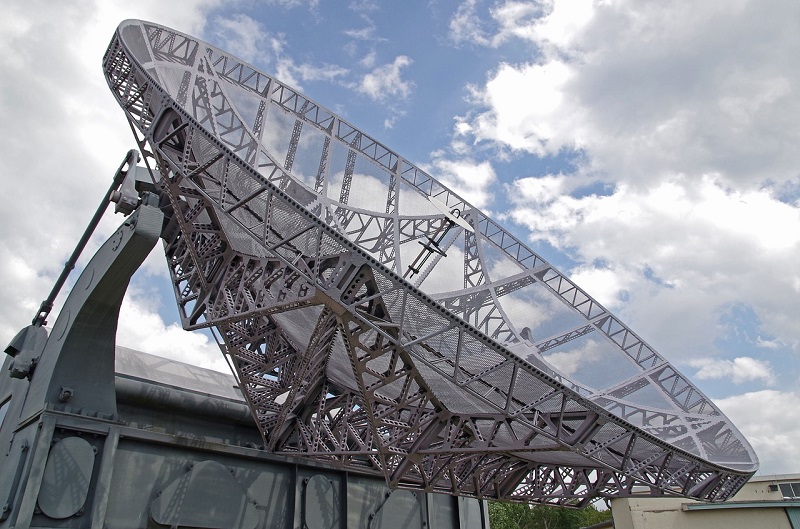On September 28, the Intelligence Advanced Research Projects Activity (IARPA) released the broad agency announcement for the Securing Compartmented Information with Smart Radio Systems (SCISRS) Program. Questions are due by 5:00 p.m. Eastern on October 9, and the proposal due date for the initial round of submissions is 4:00 p.m. Eastern on November 13.
The Intelligence Community (IC) and the Department of Defense (DoD) missions require that information and data be generated, stored, used, transmitted, and received in secure facilities and “in the wild.” Vigilance regarding the security of data is important regardless of where the data are being utilized. Significant investments in infrastructure by the U.S. Government and the private sector have provided a high level of confidence in the security of data in facilities under the control of the data owner. In environments such as those illustrated in Figure 3, where there is potentially much less control, data security becomes more challenging
One possible indicator of attempted data breach is unexpected RF Transmissions. The goal of the SCISRS program is to develop smart radio techniques to automatically detect and characterize these suspicious Signals and other RF Anomalies in complex RF environments. The specific types of Anomalies include LPI Signals, Altered or Mimicked Signals, and abnormal, unintended Emanations. Offerors should bear in mind that the techniques need to be scalable, computationally efficient, and adaptable to a range of radio hardware.
Among the reasons the SCISRS goal is challenging is that the relevant frequencies may range over several orders of magnitude and the data collection rates may approach terabytes per second (Tb/s), about 1 million times higher than the data rate for high definition video. Leveraging technological advances in software defined radios (SDRs) and computational methods may make the problem tractable. For example, the breadth of RF signal processing techniques that used to require a closet full of radio equipment (e.g., analog-to-digital converters (ADCs), receivers, mixers, filters, amplifiers, demodulators, detectors) can now be done with a laptop and a tablet-sized SDR at a reasonable cost. In particular, wide bandwidth ADCs efficiently convert a wide swath of the spectrum into a large effective number of bits (ENoB) with precise linearity and low noise, enabling clean digital surveys of a RF environment. Machine learning (ML) image recognition algorithms have become so efficient they can match video rates even with modest data processing. Moreover, the increasing ability of high-performance computing to accommodate the demands of ML techniques and digital signal processing may offer the potential to match 5G RF data rates.
It is an objective of the SCISRS program that methods be adaptable to a wide variety of RF collection hardware and that they be capable of detecting and characterizing various kinds of Signals in environments cluttered with sources of noise and interference. Under the SCISRS program, Performers will be required to develop their detection and characterization systems to work with a different architecture to be specified in each phase of the SCISRS program.
Full information is available here.
Source: SAM








